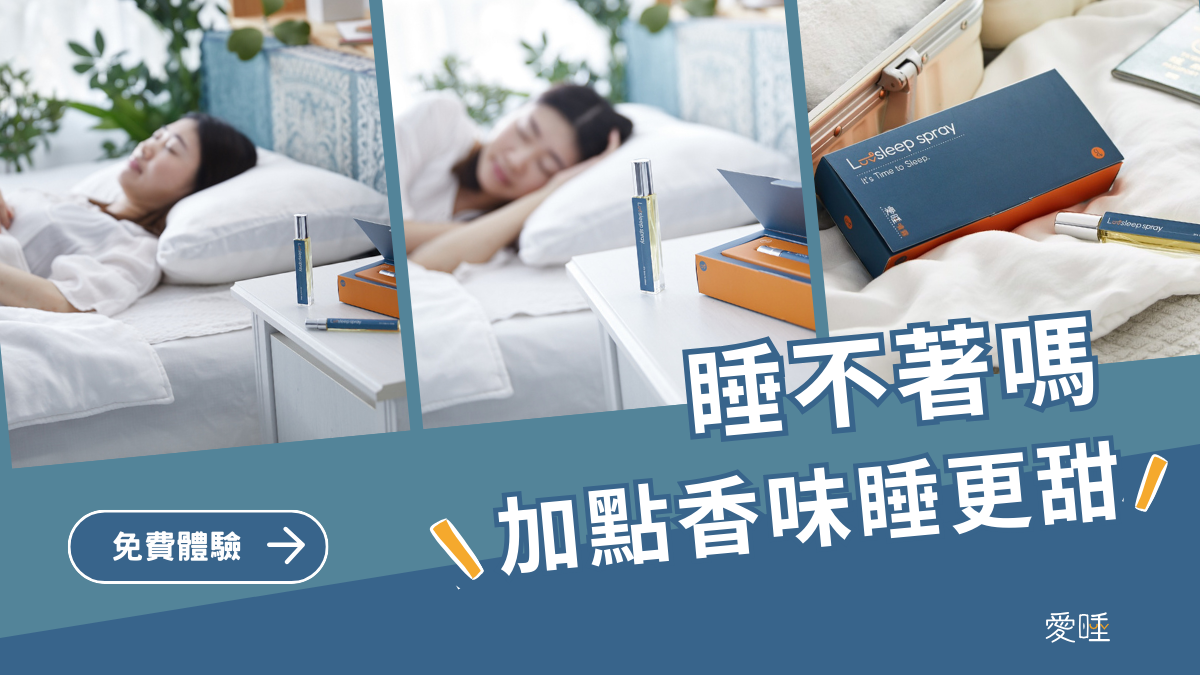DRUG HELPS RELIEVE DRY EYE
New drug promotes corneal healing, reduced symptoms in phase II study

The vicious cycle of corneal damage in dry eye disease
A first-in-class topical drug that promotes corneal healing significantly reduced clinical signs and symptoms of dry eye, particularly in patients with moderate-to-severe disease, in a phase II clinical trial, Uma Prabhakar PhD told the 2018 American Academy of Ophthalmology Annual Meeting in Chicago, USA.
A 29-amino acid synthetic peptide derived from pigment epithelium-derived factor (PEDF), BRM421 (BRIM Biotechnology, Taipei, Taiwan) is biologically active in many parts of the body, and promotes tissue regeneration at the ocular surface, Dr Prabhakar said.
It has been shown to promote growth and expansion of limbal epithelial stem cells after wounding in both mice and rabbits, and suppresses desiccation-induced inflammation, reducing inflammatory factors, including interleukin, tumour necrosis factor and MCP-1 protein, on the ocular surface in a mouse model.
It may also reduce the effects of damage-associated molecular pattern proteins (DAMP) displayed by damaged corneal cells that stimulate non-infectious inflammation that drives and worsens dry eye disease, she added.
Improved signs
and symptoms
The four-week phase II study compared 76 ITT patients treated TID daily with BRM421 drops to 75 receiving a treatment vehicle placebo after a washout period to eliminate the placebo effect. BRM421 was safe and well-tolerated, with adverse ocular and non-ocular adverse events similar in the treatment and placebo groups, and no serious adverse events or adverse event-related withdrawals were reported, Dr Prabhakar said.
After four weeks, the differences between the two groups failed to reach statistical significance for the two primary endpoints of corneal repair as measured by fluorescein staining score and ocular discomfort score, Dr Prabhakar reported.
However, BRM421 showed significant improvement in several secondary efficacy measures. These included prolonging tear film break-up times (p=0.0339), relief of burning after one week of treatment (p=0.0411) and improvement in visual function for reading (p=0.0312) and working with a computer or ATM (p=0.0124).
In a subgroup comparison of 22 treated and 22 placebo patients with moderate-to-severe dry eye, the primary endpoint of repair of corneal damage as measured by fluorescein corneal staining was reached after 14 days of treatment (p=0.0248), and dryness scores were significantly improved (p=0.0085), Dr Prabhakar noted.
By promoting corneal healing, BRM421 interrupts the dry eye vicious cycle and has the potential to control inflammation induced by DAMP, reducing subsequent tissue oedema and damage, Dr Prabhakar said. Clinical data so far suggest it may be especially useful for treating moderate-to-severe dry eye syndrome. Further trials are planned.
Uma Prabhakar: umaprabhakar1@gmail.com



 留言列表
留言列表


